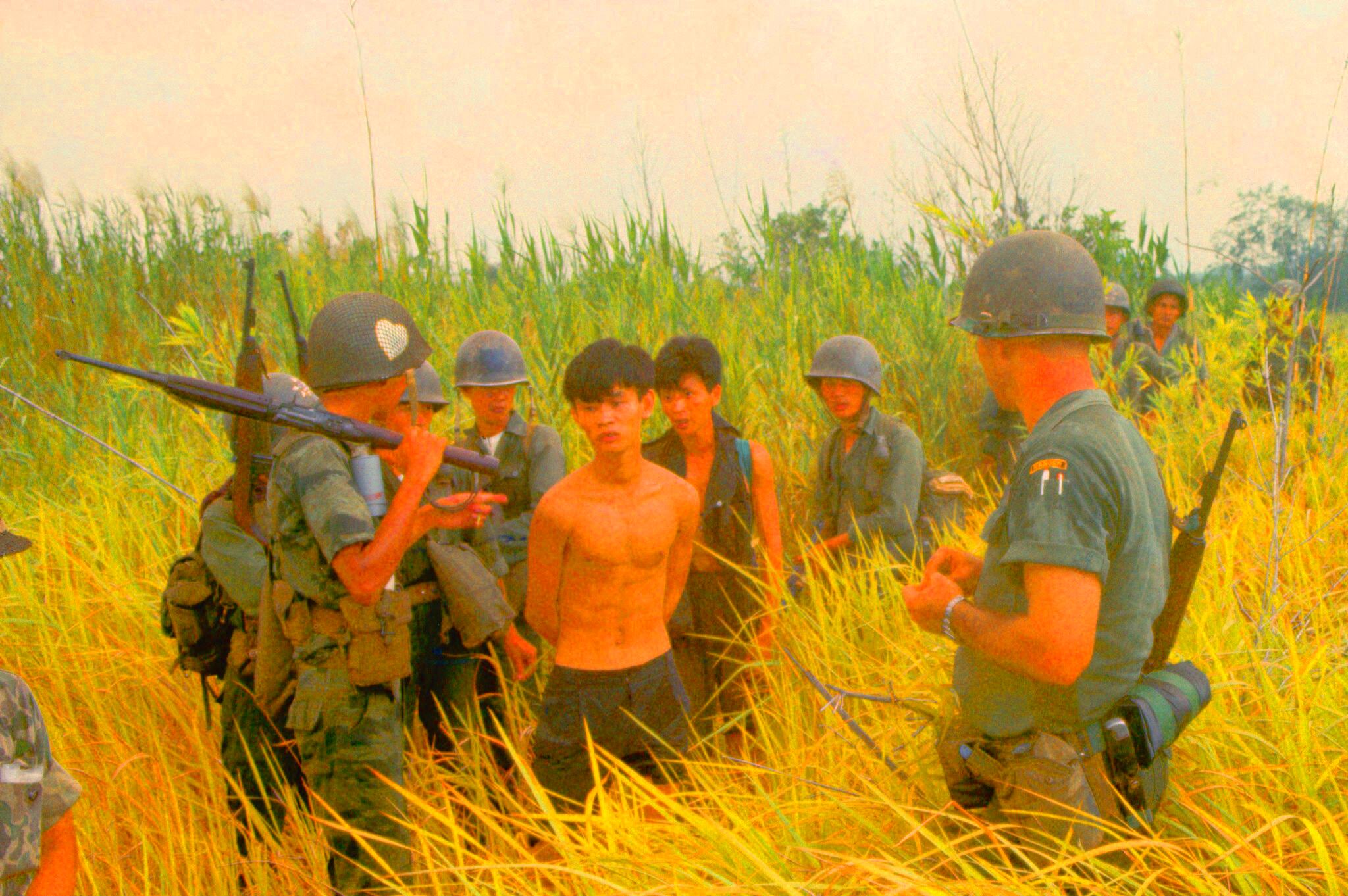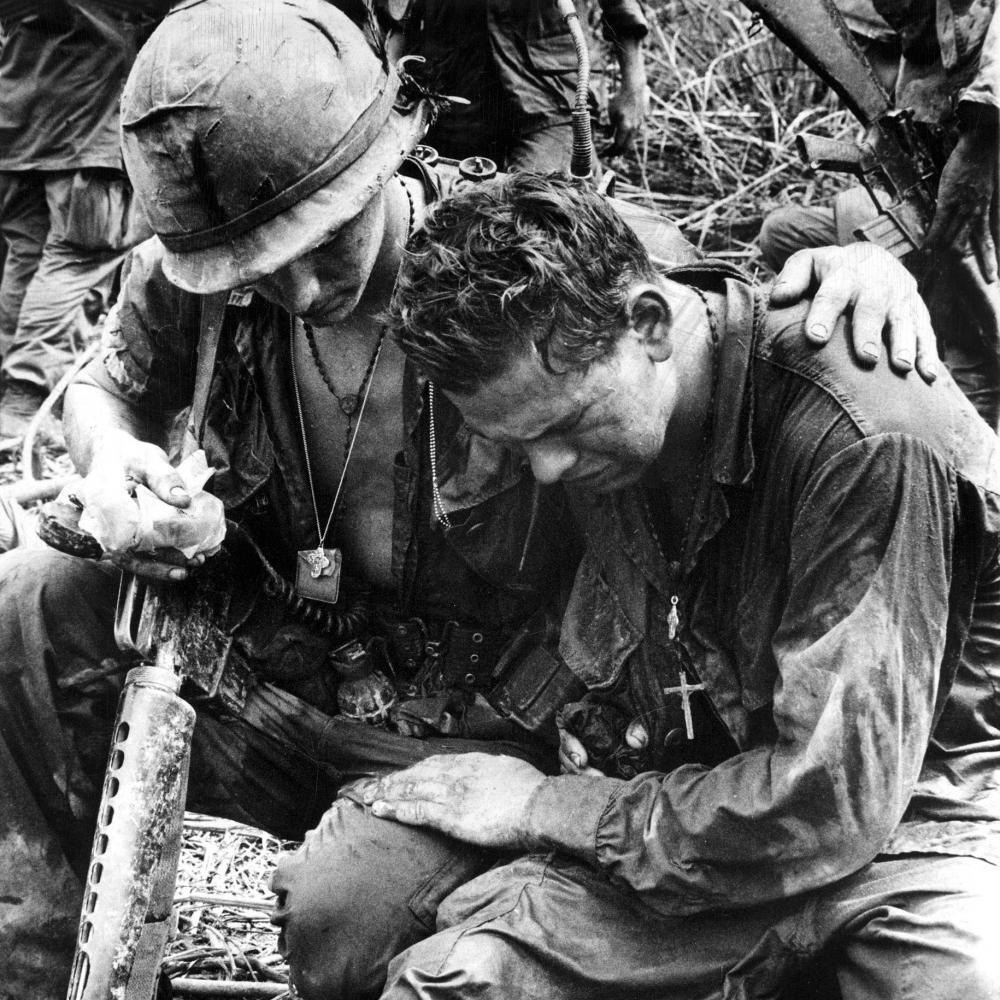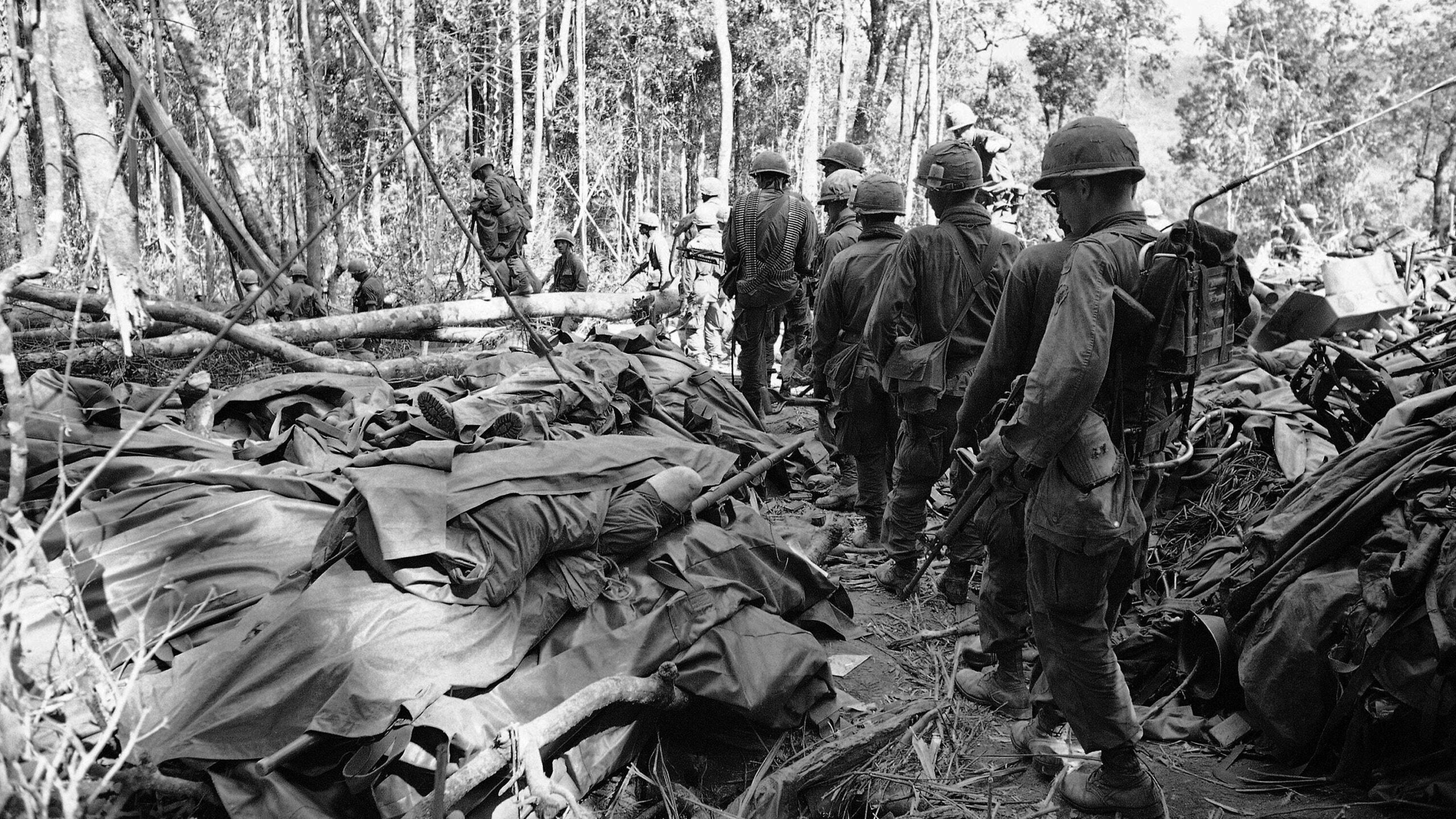The Vietnam War, which lasted from 1955 to 1975, was a significant conflict in history. It involved North Vietnam and its communist allies fighting against South Vietnam, which was supported by the United States and other anti-communist nations. This war not only changed the political landscape of Vietnam but also had profound effects on U.S. foreign policy and public opinion.It is important to understand Vietnam War as it brings out the complexity of military involvement, the implications on soldiers and how media can influence people’s perceptions. The photographs taken at that time offer us an understanding into what happened to those who were affected during then. Those photographs represent history; they remind us about the price paid by troops in battle and their difficulties while on war fronts.
The Role of Soldiers in the Vietnam War

The conduct of soldiers in the Vietnam War was not simple because they contended with various issues in a strange place. Here is how it all went down:
- Combat Operations: Soldiers were involved in various operations, from jungle warfare to urban combat. They had to adapt quickly to changing tactics.
- Moral Dilemmas: Many soldiers struggled with the moral implications of the war, questioning their purpose and the consequences of their actions.
- Psychological Impact: The psychological toll of combat was significant, leading to issues like PTSD that many soldiers faced long after the war ended.
By smashing together a number of dissimilar elements, they make a multi-faceted representation of what it was like to be in the army during the Vietnam War. Recognizing their participation enables us to value the courage and selflessness exhibited by these people.
Photographic Documentation of Combat

Oral accounts do not detail battle realities or any type of war. The violence in Vietnam was captured by some who stood amongst it while others stood far away. This is different from other conflicts where combatants have usually taken pictures during warfare acts.Thus, these albums serve as records of what happens when men fight each other but also highlight humanitarian issues that rise out of such situations. Allow me to expound on reasons why these photographs are important:
- Authenticity: Photos taken by soldiers and journalists showed the harsh realities of war, contrasting with sanitized media portrayals.
- Emotional Connection: Images evoke strong emotions, allowing viewers to connect with the experiences of soldiers and civilians.
- Historical Record: These photographs serve as a historical record, preserving the experiences of those who lived through this turbulent time.
No matter wherever this war happened but still there are many such photographs portraying its aspects through various visual arts including fine arts, performance arts among others.For instance some people losing their loved ones remain frozen in emotions like these and hence they become timeless pieces capturing a moment that will never come back again even though we may see those
images numerous times across different publications over several years.
Iconic Images of Soldiers in Action
There were a number of pictures taken during Vietnam war that expressed how intense the experiences of the soldiers were. The very heart of such photographs tells about courage of a soldier and it’s an eye-opener to the grimy situation of war inside; it’s indeed these shots which imaginable effect it has maintained in our minds since then:
- The Napalm Girl: This haunting image shows a young girl running away from a napalm attack, her skin burned and clothes tattered. It became a symbol of the war's brutality.
- Soldier Carrying a Wounded Comrade: This image captures a soldier rushing to save his injured friend, showcasing the camaraderie and sacrifice within the ranks.
- Execution of a Viet Cong Fighter: This controversial photograph depicts a South Vietnamese general executing a Viet Cong prisoner, raising questions about morality and the nature of war.
More than simple photographs, these require poignant narrations brave stories, hopelessness interspersed with humans in disorder. They serve as reminders to us on what soldiers sacrifice and the wars’ complexities.
The Impact of Photography on Public Perception
Public perception and opinions regarding the Vietnam War were greatly affected by photography. Unlike in previous conflicts, in Vietnam
images were spread through television and print media. This demonstrates how photography significantly affected public perceptions:
- Raw Reality: Graphic images of combat and suffering brought the harsh realities of war into living rooms, fostering a greater emotional response.
- Changing Opinions: As shocking images circulated, public opinion shifted, leading to growing anti-war sentiments across the United States.
- Media Influence: The role of journalists and photographers became crucial in shaping narratives, allowing voices from the battlefield to be heard.
Society is deeply influenced by visual media, as seen in how these
images initiated protests, debates, and conversations around morality and warfare.
Preserving History Through Images
Sharing moments in time via
images are critical in comprehending the past. The pictures taken during Vietnam War denote such hardship undergone by both soldiers and civilians likewise. A few things to note with regard to history preservation via photographs are:
- Archiving Photographs: Organizations and museums work tirelessly to archive these images, ensuring that they remain accessible for future generations.
- Educational Tools: Photographs are used in classrooms to teach students about the Vietnam War, encouraging critical thinking and discussion.
- Emotional Legacy: Preserving these images allows families of veterans to remember their loved ones and keeps the stories of those who served alive.
These powerful photographs symbolize our respect to those who went through the Vietnam War and it keeps their memory alive. Every picture is a history and teaching us how to remember our past by evoking sympathies and thoughts.
How to Access Vietnam War Photos
If you have an interest in examining exceptionally strong visuals from the Vietnam War, it’s possible to get in touch with numerous means for getting those historical photographs .Thanks to technology and current resources, locating these
images is more straightforward than it ever was before. Following are some dependable sources:
- Online Archives: Websites like the National Archives and the Vietnam War Photo Archive host extensive collections of war photographs. You can search for specific events or dates.
- Library Collections: Many public and university libraries have special collections that include books and archives on the Vietnam War. Visiting these libraries can offer access to rare photographs.
- Museum Exhibits: Museums dedicated to military history often feature exhibits on the Vietnam War. Visiting these exhibits allows you to see original photographs and learn more about their context.
- Documentary Films: Several documentaries about the Vietnam War include extensive footage and still images, providing a visual overview of the conflict.
For one thing, collections of veterans and historians are sometimes found in social media and photo-sharing websites. Involvement in these groups can provide perspectives and access to personal archives.
Frequently Asked Questions
Frequent inquiries about Vietnamese war photography and its historical essence are raised by individuals. These includes:
| Question | Answer |
|---|
| Why are photographs from the Vietnam War important? | They document the realities of war, showcasing the experiences of soldiers and civilians, and serve as a historical record. |
| Who took most of the iconic photographs? | Many were taken by photojournalists and soldiers themselves, capturing both combat and daily life. |
| How can I use these photographs for research? | Many archives allow for educational use, but it’s essential to check copyright guidelines when using images. |
In case your list of queries is longer or if you want certain areas explored comprehensively, you can always find some materials to read or contact scholars and teachers so that you may have a discussion on them.
Conclusion on the Importance of Vietnam War Photography
To sum up, the photographs of Vietnam war represent key elements in understanding the past and forming our views about it. The powerful photographs taken during this period testify to what those who were there went through. They remind us that war has a human face and incite us to think of a bygone era.In order to remember the soldiers and civilian victims, these photos serve as reminders not to be forgotten. The Vietnam War photography transformed our perception of war, underscoring how critical image narration is in recording all events.The importance of these images and the lessons they provide for future generations shouldn’t be overlooked, as we keep learning from the past.
 The conduct of soldiers in the Vietnam War was not simple because they contended with various issues in a strange place. Here is how it all went down:
The conduct of soldiers in the Vietnam War was not simple because they contended with various issues in a strange place. Here is how it all went down: Oral accounts do not detail battle realities or any type of war. The violence in Vietnam was captured by some who stood amongst it while others stood far away. This is different from other conflicts where combatants have usually taken pictures during warfare acts.Thus, these albums serve as records of what happens when men fight each other but also highlight humanitarian issues that rise out of such situations. Allow me to expound on reasons why these photographs are important:
Oral accounts do not detail battle realities or any type of war. The violence in Vietnam was captured by some who stood amongst it while others stood far away. This is different from other conflicts where combatants have usually taken pictures during warfare acts.Thus, these albums serve as records of what happens when men fight each other but also highlight humanitarian issues that rise out of such situations. Allow me to expound on reasons why these photographs are important:
 admin
admin








